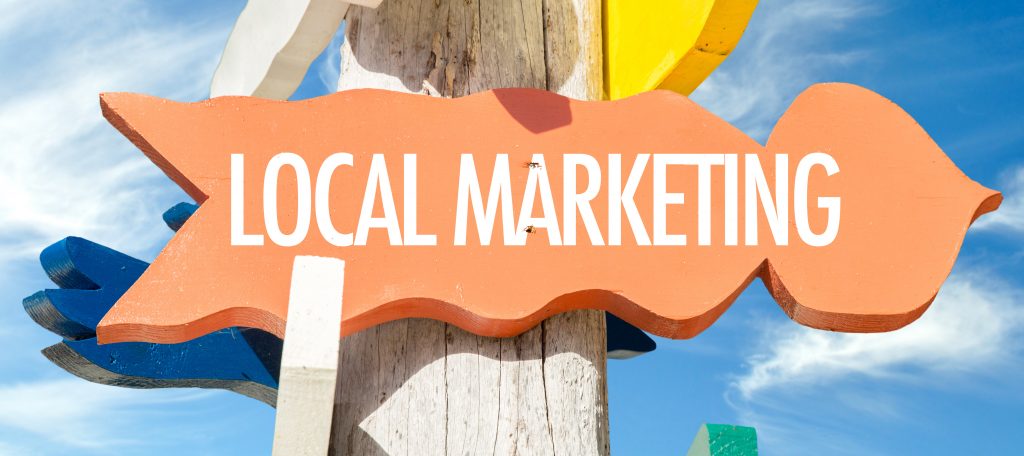In our last article, we talked about a bunch of KPIs (Key Performance Indicators) you can measure to help keep track of your retail goals, including overhead costs, online and in-store sales. These are all really great ways to measure your success. However, reducing costs and increasing sales may not be your only or immediate goals. There may be other metrics that you want to watch like: attracting and retaining talent, customer retention, even brand awareness. So, then how do you track these?
In this article, we explore what KPIs you can use to evaluate your customer retention, talent attraction, and local marketing tactics.
The Measurement Process
Like we mentioned in KPI’s Part I, measuring your KPI performance this way is a handy skill that helps you create conclusions based on the differences in your trends over time. It’s a vital skill for any retailer, and it’s easy to do with just a bit of experimentation!
First, you’ll need a control group: the reports on your sales, costs, or whichever figure you’re monitoring from 12 months ago. Next, make your business the test group by implementing one of these nifty KPI metrics for a while. Compare those figures from your current period to those from 12 months ago to see the results of your metric!
KPIs for Customer Retention
Cart Abandonment Rate:
Driving sales in e-commerce can be difficult when so many virtual shopping carts never make it to the checkout screen. While it may seem like counting a loss, measuring cart abandonment rate has a thick silver lining: it helps you keep track of potential customers that are already interested in your product:
Cart Abandonment Rate = 1 – (Total # of Completed Purchases / # of Carts Created)
Of course, you don’t need to do the math yourself. Marketing softwares such as those offered by BigCommerce can track your cart abandonment rate and respond by initiating email campaigns that convince customers to complete their shopping journey.
Customer Lifetime Value
Customer lifetime value is the projected revenue that a customer will generate during their lifetime. It’s a great metric that both measures your business’ return on investment and helps you strategize upcoming goals. Determining the lifetime value of a customer is simply a matter of calculating all the sales your average customer has completed since their first purchase and then doing some number crunching:
Lifetime Value = Revenue x Gross Margin x Average # of Repeat Purchases
Don’t know how to measure the average number of repeat purchases? Just use order gap analysis to calculate the time between each of your customers’ consecutive purchases.
KPIs for Talent Attraction

Source of Hire
Job boards, store windows, employee referrals, flyers—it’s easy to spread out your recruitment ads to fish for applicants. But did you know that employees’ performance tend to correspond with their source of hire? Tracking your recruitment sources and comparing them to performance reviews will help you determine which forums send the best candidates to your hiring manager. You can easily measure the effectiveness of your sources by using an applicant tracking system like iCIMS.
Offer Acceptance Rates
It’s easy to reflect on how many of your job offers are accepted, but what about those that were rejected? Understanding why your offers aren’t accepted by candidates can drastically inform and improve your recruiting process, which alone makes it worth measuring:
Offer-to-Acceptance Ratio = Total # of Offers / # of Acceptances
Low offer acceptance rates are a telltale sign that your employment incentives need improvement. It could be that you’re not meeting your candidates’ expectations or cultural tastes, or that they’ve taken a better offer from one of your competitors. Minimize the risk of losing attracted talent before they’re even hired by analyzing candidate feedback and offering new incentives.
KPIs for Local Marketing
Ranking and Reviews in Local Search
When locals search for a product you sell, is it your business or your competitor’s at the top of Google’s results? What about on Yelp, Facebook, or Apple Maps? Your ranking in keyword searches for your area is a strong indicator of how accessible your store is and how far your brand awareness has spread. Low rankings can be improved through SEO optimization tactics, such as pining for positive reviews online. The more (high) ratings you have, the more likely it is for your business to be featured with a star rating within search results. Take a look at Google’s review guidelines to learn more about how it’s done.
Social Media
Social media interactions can be pivotal in establishing your popularity among both current and potential customers, in addition to their own local network. While using this KPI effectively requires you to actively monitor and encourage growth in followers, likes, and so on, it yields great rewards in terms of brand awareness and foot traffic. Both Facebook and Twitter also have built-in analytics that can track customer engagement and web traffic to your site by tracing your shared links. Why not encourage check-ins and use of hashtags so you can follow along with your customer’s engagement?
———-
Want more KPI tips and tricks? Check out our other article on easy-to-use metrics for overhead costs and both online and in-store sales!






